In vitro diagnostics (IVD) assay is a crucial component of clinical care that performs a test on biological samples. Such tests are usually conducted to determine the presence of disease in an individual. IVD tests have received much public attention because of their distinct features in the medical profession. The increasing demand of IVDs with improved features is pushing the development of highly sensitive and convenient sensors. Thanks to the development of nanotechnology, tremendous progress have been made in the design of IVD tools using nanomaterials. Nanomaterials hold unique physicochemical properties that offer desirable characteristics for chemical and biological detection.
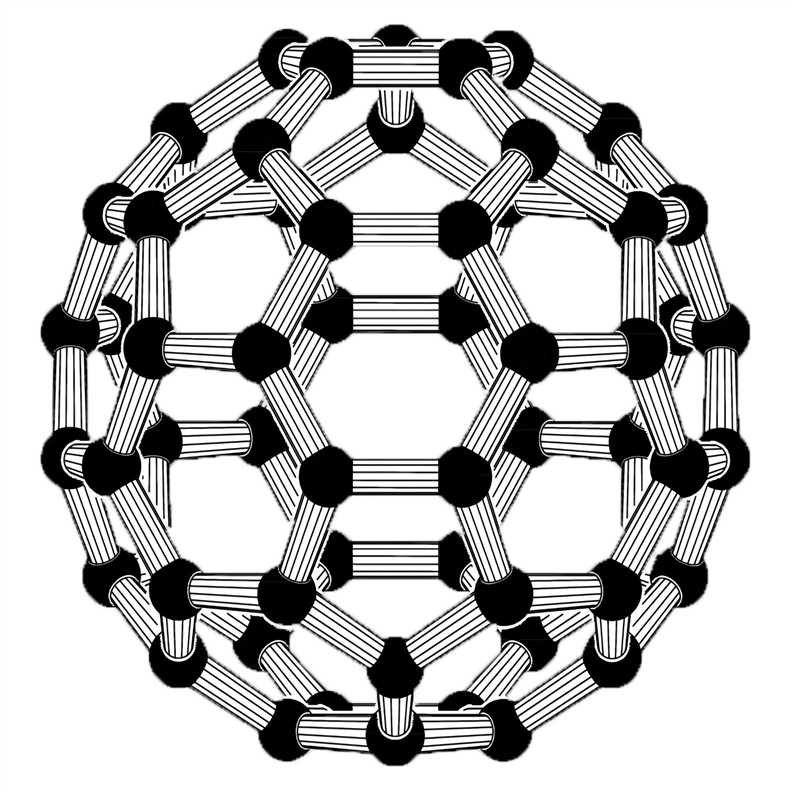 Fig.1 Nanomaterial C60-rods.Distributed under CC BY-SA 3.0, from Wiki,
without modification.
Fig.1 Nanomaterial C60-rods.Distributed under CC BY-SA 3.0, from Wiki,
without modification.
Applications of Different Signal-based Nanomaterials
Fluorescence-based detection assays play an essential role in the life sciences and medicine. To offer better detection sensitivity and lower limits of detection (LOD), there is a growing need for novel platforms with an improved readout capacity. Due to the higher surface area of semiconductor nanowires, they have been mostly explored, but they have recently gained increased attention also due to their highly advantageous optical properties. Studies have shown that the fluorescence signal enhancement in antibody microarrays using lightguiding nanowires. Moreover, with the rapid development of nanoscience and nanotechnology, a wide range of fluorescence no-wash biosensors have emerged with excellent sensitivity, specificity, and simple operation for in vitro detection of cancerous biomarkers.
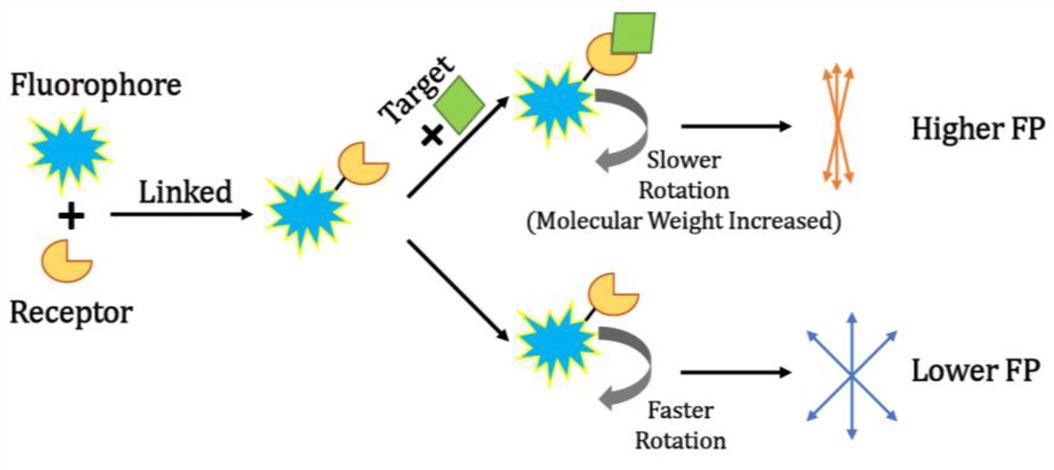 Fig.2 Principle of fluorescence polarization in sensing applications.1, 7
Fig.2 Principle of fluorescence polarization in sensing applications.1, 7
In vitro detection technique Raman spectroscopy, are useful instruments for cancer discovery. Surface enhanced Raman spectroscopy (SERS) is a relatively new but powerful tool that can be used for detecting and tracing biological targets which are cell and biochemical compounds. Using various nanoparticles (NPs) has elevated the sensitivity and specificity of SERS. Therefore, SERS can increase sensitivity, specificity and spatial resolution in cancer diagnosis, especially in cooperation with other diagnostic imaging tools.
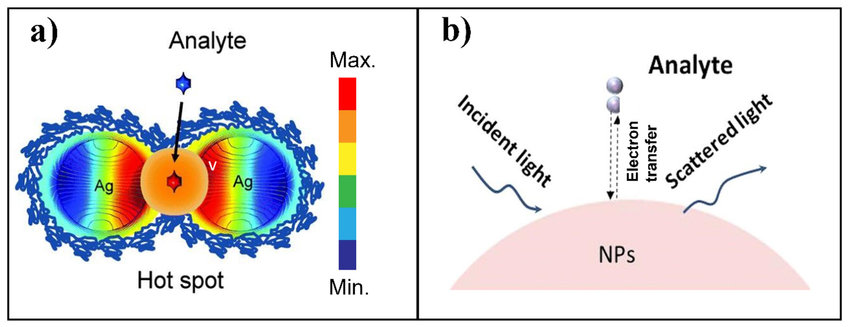 Fig.3 Mechanisms underlying SERS: electromagnetic and chemical enhancements.2, 7
Fig.3 Mechanisms underlying SERS: electromagnetic and chemical enhancements.2, 7
Sensitive and quantitative characterization of clinically relevant biomarkers can facilitate disease diagnosis and treatment evaluation. Biosensing strategies based on magnetic NPs have recently been paid increasing attention. Magnetic fields experience little interference from native biological samples as most biological entities have negligible magnetic susceptibilities and thus appear transparent to external magnetic fields. Therefore, magnetic NPs can be used to obtain highly sensitive measurements in minimally processed samples.
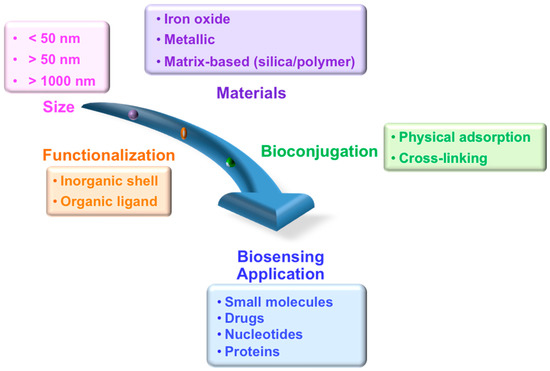 Fig.4 Engineered magnetic particles for enhanced biosensing applications.3, 7
Fig.4 Engineered magnetic particles for enhanced biosensing applications.3, 7
Various electrochemical devices provide a range of applications in the detection of chemical and biological targets in terms of electrochemical change of electrode interfaces. With the great advancement in nanotechnology and nanoscience, nanomaterial-based electrochemical signal amplifications have great potential for improving both sensitivity and selectivity for electrochemical sensors and biosensors.
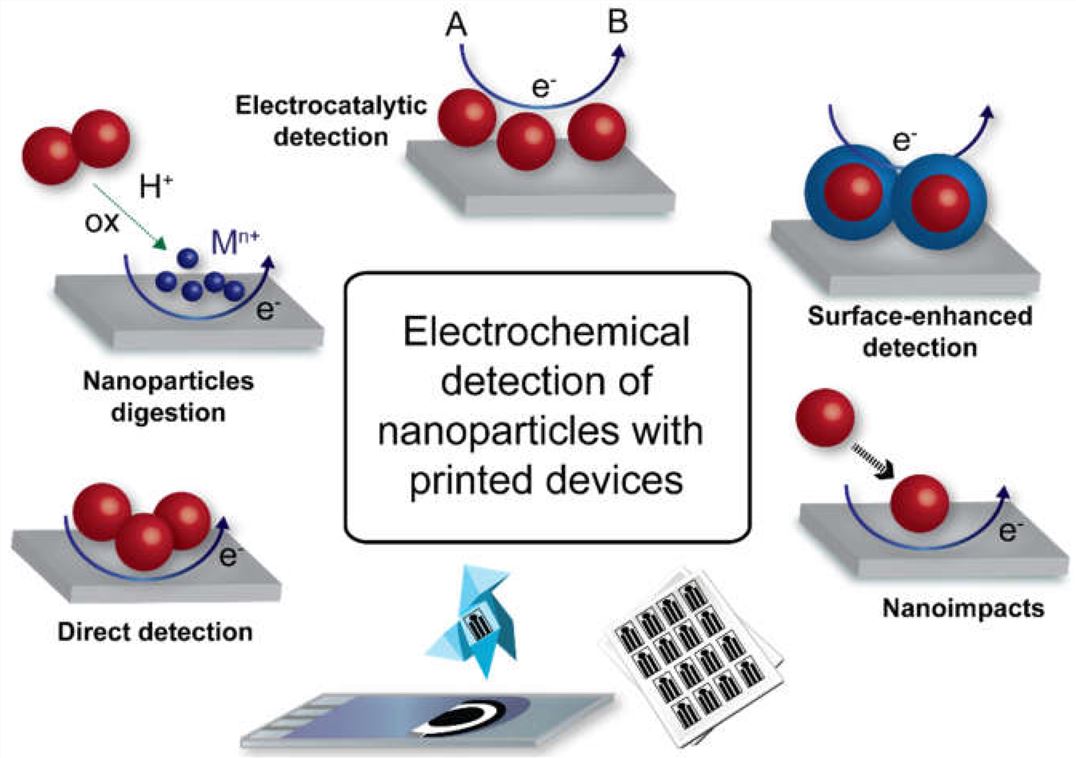 Fig.5 Electrochemical strategies for nanoparticle detection via printed devices.4, 7
Fig.5 Electrochemical strategies for nanoparticle detection via printed devices.4, 7
Detecting target molecules by the naked eye, colorimetric biosensors have attracted much attention due to their simplicity, practicality, and cost-effectiveness. With the unique physical and chemical properties of nanomaterials, various nanomaterial-based biosensors for detecting pathogens have been developed. Different types of nanomaterials such as gold (Au) NP, copper (Cu) NP, cadmium sulfide quantum dots, and magnetic nanomaterials have been investigated for the development of rapid and sensitive optical sensors.
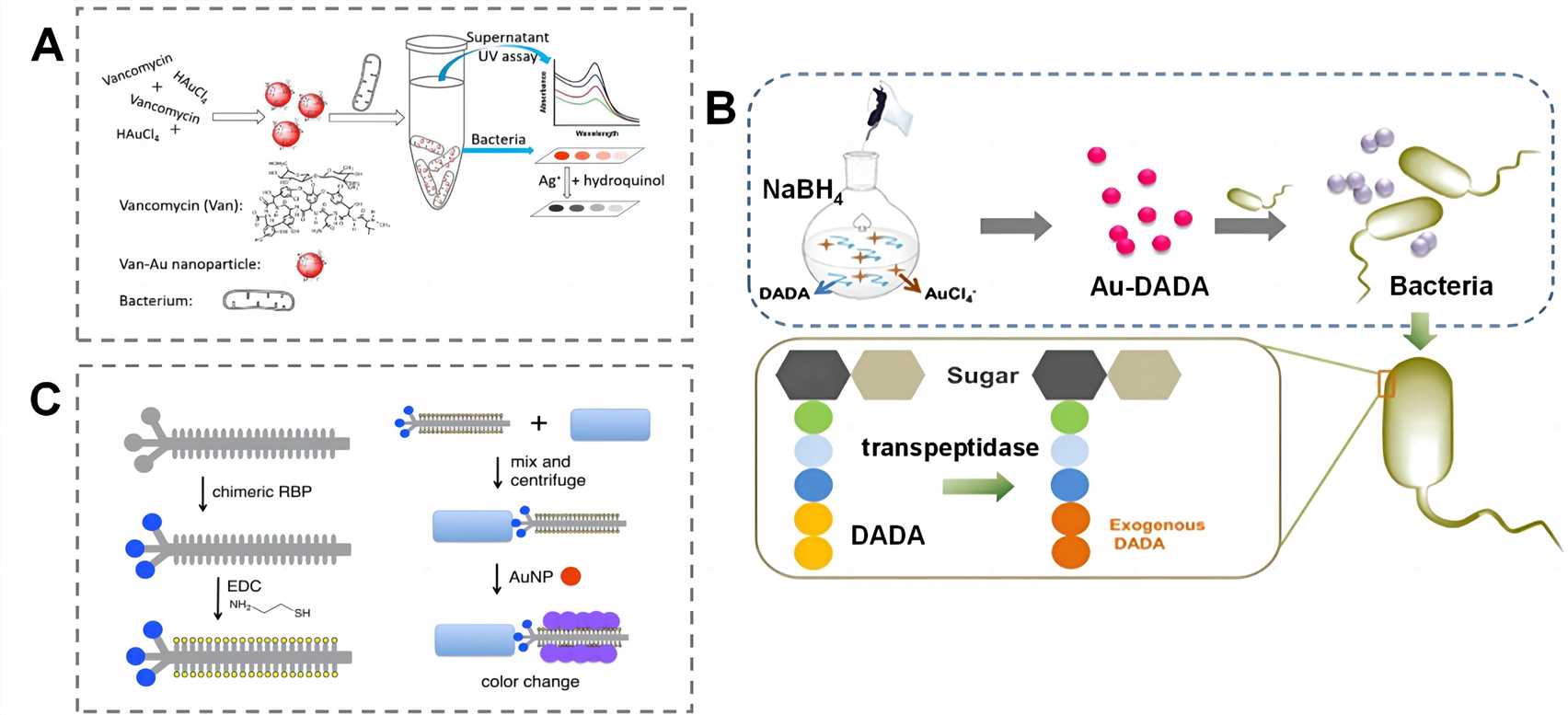 Fig.6 Nanoparticle detection using electrochemical techniques with printed sensors.5, 7
Fig.6 Nanoparticle detection using electrochemical techniques with printed sensors.5, 7
The thermal sensitivity of certain nanomaterials is a highly valuable property because it can be exploited in diagnosis. Thermo-sensitive nanomaterials, such as metal-based NPs and thermoresponsive nanocomposites, have been investigated for analytical and diagnostic applications, especially in the field of biosensing. The interesting phenomenon of thermochromism by which some nanomaterials reversibly switch color as a response to a thermal stimulus is very promising for biosensing.
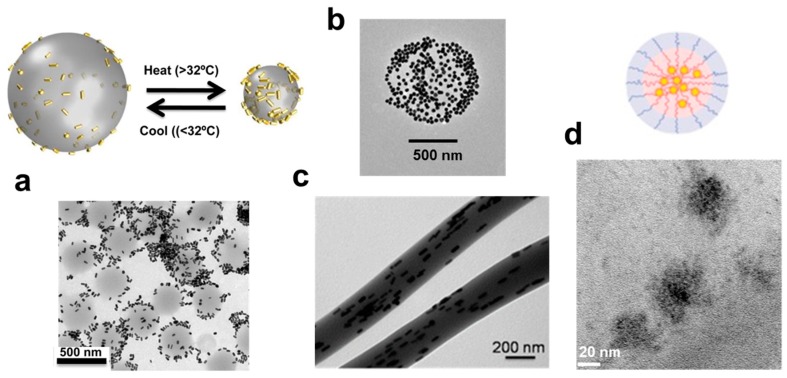 Fig.7 Representative examples of thermoresponsive nanosystems utilizing Au-PNIPAm.6, 7
Fig.7 Representative examples of thermoresponsive nanosystems utilizing Au-PNIPAm.6, 7
References
- Zhang, Yingqi, et al. "Nanomaterials used in fluorescence polarization based biosensors." International Journal of Molecular Sciences 23.15 (2022): 8625.
- Wang, Kaidi, et al. "Detection and characterization of antibiotic-resistant bacteria using surface-enhanced Raman spectroscopy." Nanomaterials 8.10 (2018): 762.
- Chen, Yi-Ting, et al. "Biosensing using magnetic particle detection techniques." Sensors 17.10 (2017): 2300.
- Martín-Yerga, Daniel. "Electrochemical detection and characterization of nanoparticles with printed devices." Biosensors 9.2 (2019): 47.
- Yang, Jianyu, et al. "Recent advances in colorimetric sensors based on gold nanoparticles for pathogen detection." Biosensors 13.1 (2022): 29.
- Sánchez-Moreno, Paola, et al. "Thermo-sensitive nanomaterials: recent advance in synthesis and biomedical applications." Nanomaterials 8.11 (2018): 935.
- Distributed under Open Access license CC BY 4.0, without modification.
For Research Use Only.

